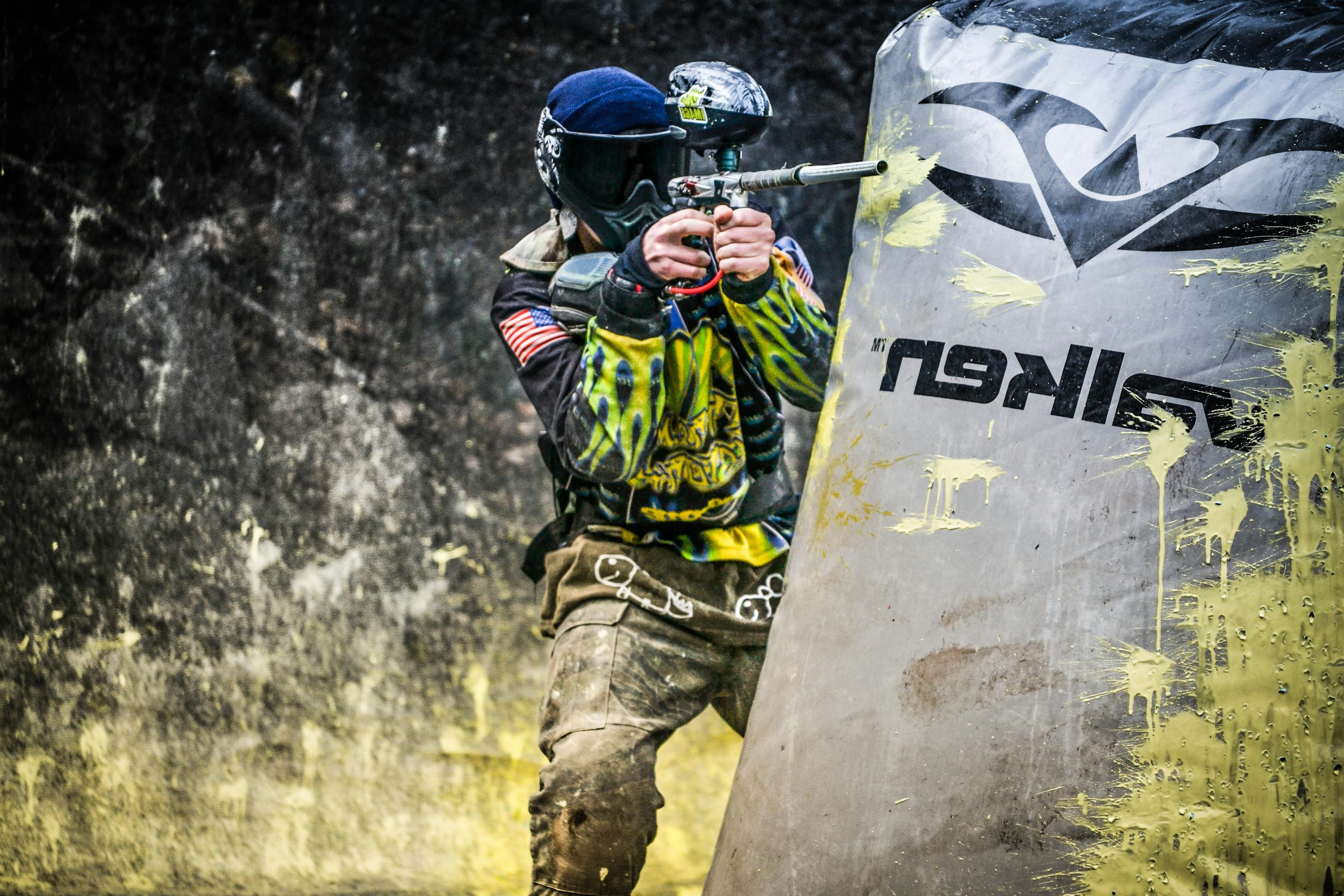 The Ultimate Guide to Paintball: History, Gameplay, Gear & Tips for Every Player
The Ultimate Guide to Paintball: History, Gameplay, Gear & Tips for Every Player
Paintball is more than just a high-adrenaline sport—it’s a strategic, physically engaging game that combines teamwork, tactics, and adrenaline. Whether you're a weekend warrior, tournament competitor, or first-time player, paintball offers an experience like no other. This guide explores the history, rules, gear, popular game types, and expert tips to help you dominate the field.
What is Paintball?
Paintball is a competitive team shooting sport where players eliminate opponents by hitting them with dye-filled gelatin capsules (paintballs) fired from a paintball marker (commonly called a paintball gun). The game can be played in indoor or outdoor arenas and often features elaborate bunkers, obstacles, and themed terrain.
From casual backyard games to high-stakes tournaments, paintball is played around the world by millions who love the rush of competition and the strategy involved.
A Brief History of Paintball
Paintball originated in the early 1980s in the United States. The first official paintball game was played in 1981 in New Hampshire, where 12 players used paint-marking guns—originally developed for forestry and livestock—to simulate survival scenarios. From there, the sport rapidly evolved.
By the 1990s, paintball was a full-fledged recreational activity with leagues, tournaments, and standardized equipment. Today, professional paintball leagues like the NXL (National Xball League) showcase the sport’s competitive edge globally.
Essential Paintball Equipment
To play safely and effectively, every paintball player needs a set of essential gear. Here’s a breakdown:
1. Paintball Marker (Gun)
The heart of the game. Markers vary in price and performance. Entry-level guns are mechanical, while competitive players use electronic markers for faster firing rates and accuracy.
2. Paintballs
These are small, round capsules filled with water-soluble dye. They’re biodegradable and designed to break on impact. Always use high-quality paintballs for consistent performance.
3. Hopper or Loader
This holds the paintballs and feeds them into the marker. Gravity-fed hoppers are basic, while electronic loaders are faster and more reliable for competitive play.
4. Air Tank (HPA or CO₂)
Paintball guns use compressed air (HPA) or CO₂ to fire. HPA tanks are more consistent and preferred for tournament play.
5. Mask or Goggles
Safety first! A paintball mask protects the eyes, ears, and face. Never play without one.
6. Protective Clothing
Long sleeves, gloves, padded jerseys, and tactical vests can help minimize the sting of a paintball hit and provide storage for extra gear.
7. Barrel Sock / Plug
A safety device placed on the gun barrel when not in play to prevent accidental discharge.
Types of Paintball Games
Paintball is incredibly versatile. Here are the most popular game types:
1. Speedball
A fast-paced format played on small, symmetrical fields with inflatable bunkers. Matches are quick, and teamwork is crucial.
2. Woodsball
Played in natural outdoor environments like forests or fields, woodsball emphasizes tactics, camouflage, and long-range engagement.
3. Scenario Paintball
These games are story-driven and last for hours or days. Players complete missions in themed environments like urban warfare, zombie apocalypses, or military campaigns.
4. Capture the Flag
Two teams compete to capture the opposing team’s flag and return it to their base without being eliminated.
5. Elimination / Team Deathmatch
The simplest format—players try to eliminate all opponents. The last team standing wins.
Basic Rules of Paintball
While rules vary by field or format, these are standard in most games:
-
If you’re hit, you’re out. A paintball must break and leave a visible mark.
-
No blind firing. You must see your target before shooting.
-
Always wear your mask. Safety is strictly enforced.
-
Respect referees and other players. Sportsmanship matters.
-
Surrender rule. If you're within close range (usually under 10 feet), offer a surrender instead of firing.
Paintball Tips for Beginners
If you're new to paintball, don't worry—everyone starts somewhere. Here are beginner tips to help you have a great time:
-
Don’t Be Afraid to Get Hit
It stings a little, but it’s part of the game. Once you get over that fear, you’ll enjoy it more. -
Keep Moving
Staying in one spot makes you an easy target. Move from cover to cover strategically. -
Use Cover Effectively
Peek out just enough to shoot. Don’t expose your body unnecessarily. -
Communicate with Your Team
Call out enemy positions and work together. Coordination wins games. -
Aim Before You Shoot
Don't waste paint. Take the time to line up your shot.
Pro Tips to Level Up Your Game
For those looking to go beyond casual play:
-
Walk the field before the game. Learn where the best cover and chokepoints are.
-
Practice snap shooting. This quick peek-and-shoot tactic is essential in speedball.
-
Upgrade your gear. Better markers, loaders, and barrels can improve accuracy and consistency.
-
Learn from the pros. Watch tournament games and follow professional players.
-
Train your fitness. Paintball is physically demanding. Agility and endurance are huge advantages.
Why Paintball is More Than Just a Game
Beyond the thrill of competition, paintball fosters camaraderie, strategy, and physical activity. It appeals to a wide range of players—from casual weekend warriors to disciplined tournament teams. Many even use paintball as a tool for corporate team-building or military simulation.
Paintball also teaches valuable life skills: quick decision-making, communication under pressure, and handling defeat with grace.
Conclusion: Get Out and Play Paintball
Whether you're gearing up for your first game or looking to sharpen your competitive edge, paintball offers endless excitement. With its perfect mix of athleticism, strategy, and fun, it’s no wonder paintball continues to grow in popularity around the world.
So grab your marker, rally your team, and hit the field. The game is waiting.

You must be logged in to post a comment.